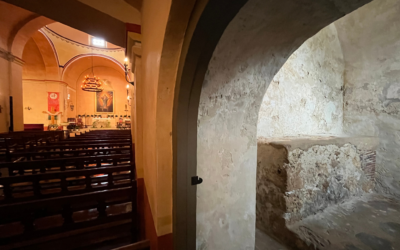Celebrating Women’s History Month: The Remarkable Life of Ethel Harris
Ethel Harris may well be the most influential San Antonian you’ve never heard of. Born in Sabinal, Texas, in 1893, Harris moved to San Antonio as a child and remained there until her passing in 1984. Over the course of her remarkable life, she wore many hats: wife, mother, pioneer, entrepreneur, preservationist, artist, and advocate. Although her name may not be as recognizable as other local icons, her legacy continues to shape San Antonio’s cultural and historical fabric—especially around the San Antonio Missions.
Harris’s strongest connection was to Mission San José, lovingly known as the “Queen of the Missions,” where she spent much of her life. From 1938 to 1963, she served as its first park manager—making her Texas’s first female park ranger and one of the earliest nationwide. In a remarkable twist on “living history,” Harris literally resided within Mission San José’s ancient walls. She raised her four children in the granary, in the Indian Quarters, and later in a house she designed with her son. That structure, now known as the Ethel Harris House, remains listed on the National Register of Historic Places.
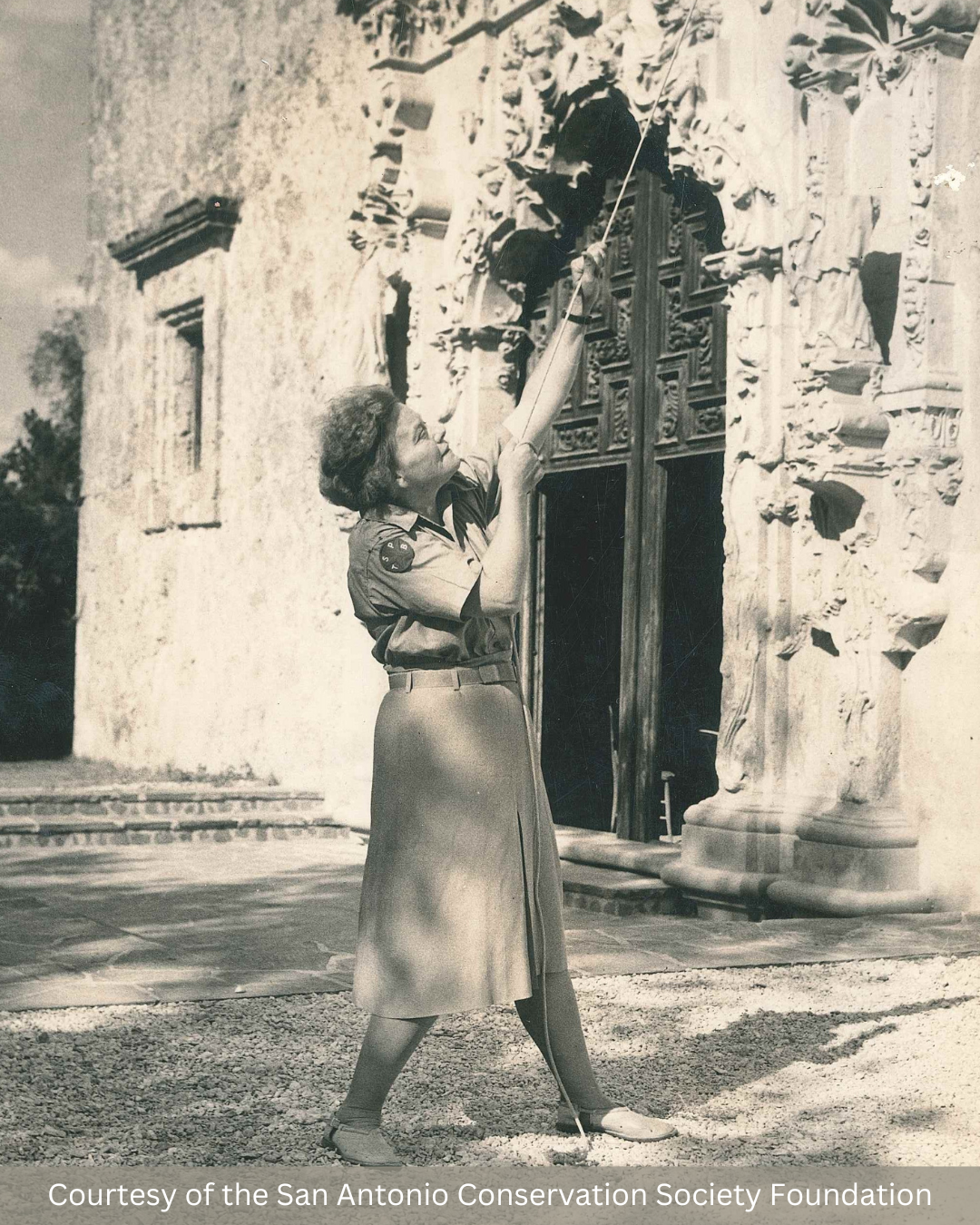
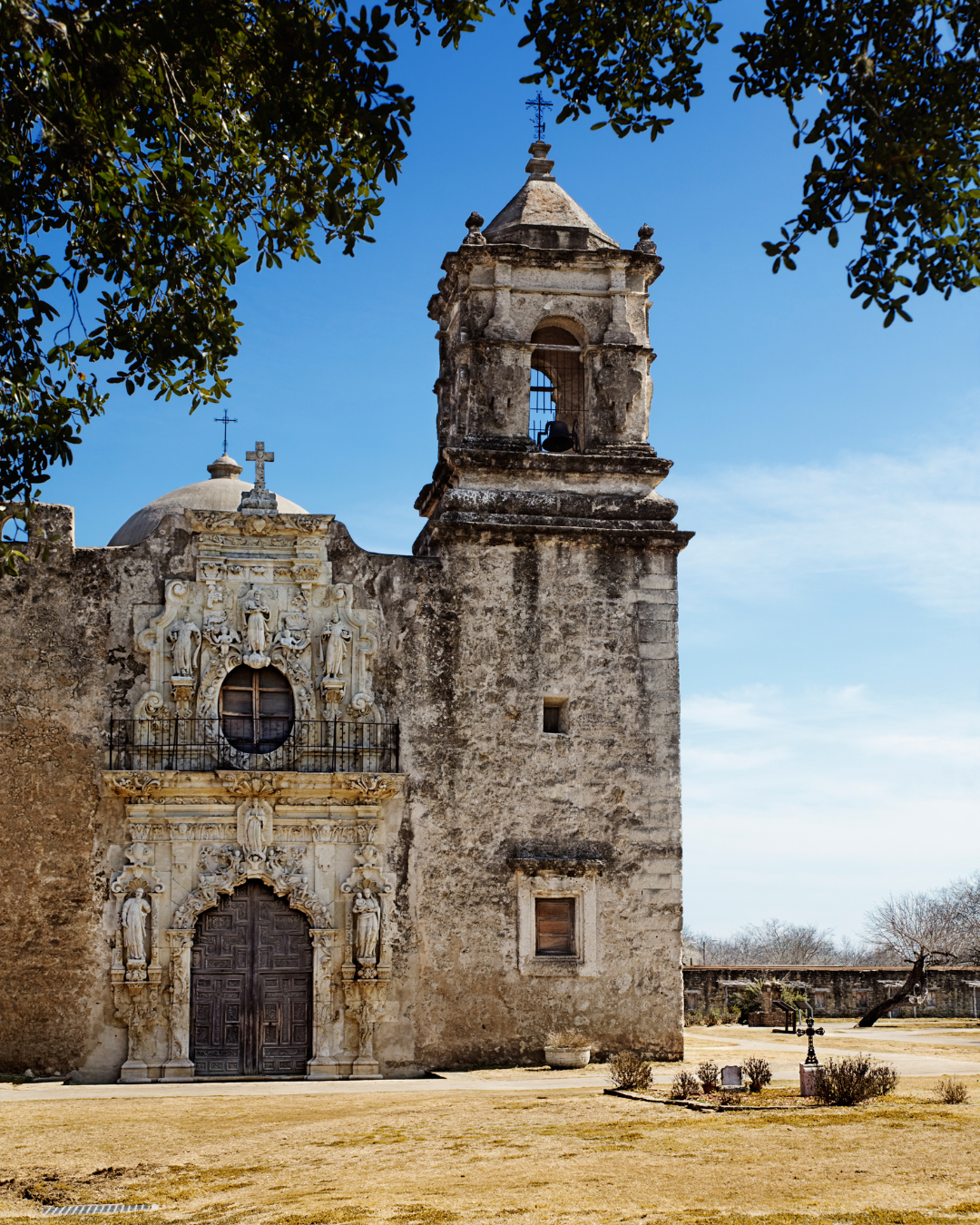
Harris had a special appreciation for Mexican culture—an interest that propelled her to visit Mexico nearly every year, even into her early seventies. Though her means were modest she nevertheless found ways to bring back artifacts, musical instruments, and sometimes even the artists and musicians themselves. Ever the visionary, Harris surrounded the Mission grounds with active demonstrations, troubadours, and even peacocks and donkeys, crafting an immersive cultural experience. Through these efforts, she enriched Mission San José’s cultural atmosphere, ensuring that visitors could experience not just the architecture and history of the site, but also the vibrant traditions behind them.
Her entrepreneurial spirit came to life in three successful decorative arts businesses—Mexican Arts and Crafts, San Jose Potteries, and Mission Crafts—all of which centered on elevating local artisanship and heritage. She ran one of these businesses inside the restored granary at Mission San José, selling a variety of crafts to visitors. Through these tile studios, she exported the flair of San Antonio’s traditional designs to the world stage through her eye-catching tile work featured at the Chicago World’s Fair in 1933 and the New York World’s Fair in 1939.
From 1939 to 1941, Harris also served as the technical supervisor for the federal Works Projects Administration’s Arts and Crafts Division in San Antonio. Alongside her dedicated staff, she crafted decorative tile murals and other artworks that grace landmarks across the city, including the River Walk and Alamo Stadium. Many of these pieces remain in private and museum collections today, tangible reminders of her artistry and passion for sharing San Antonio’s story with the wider world.
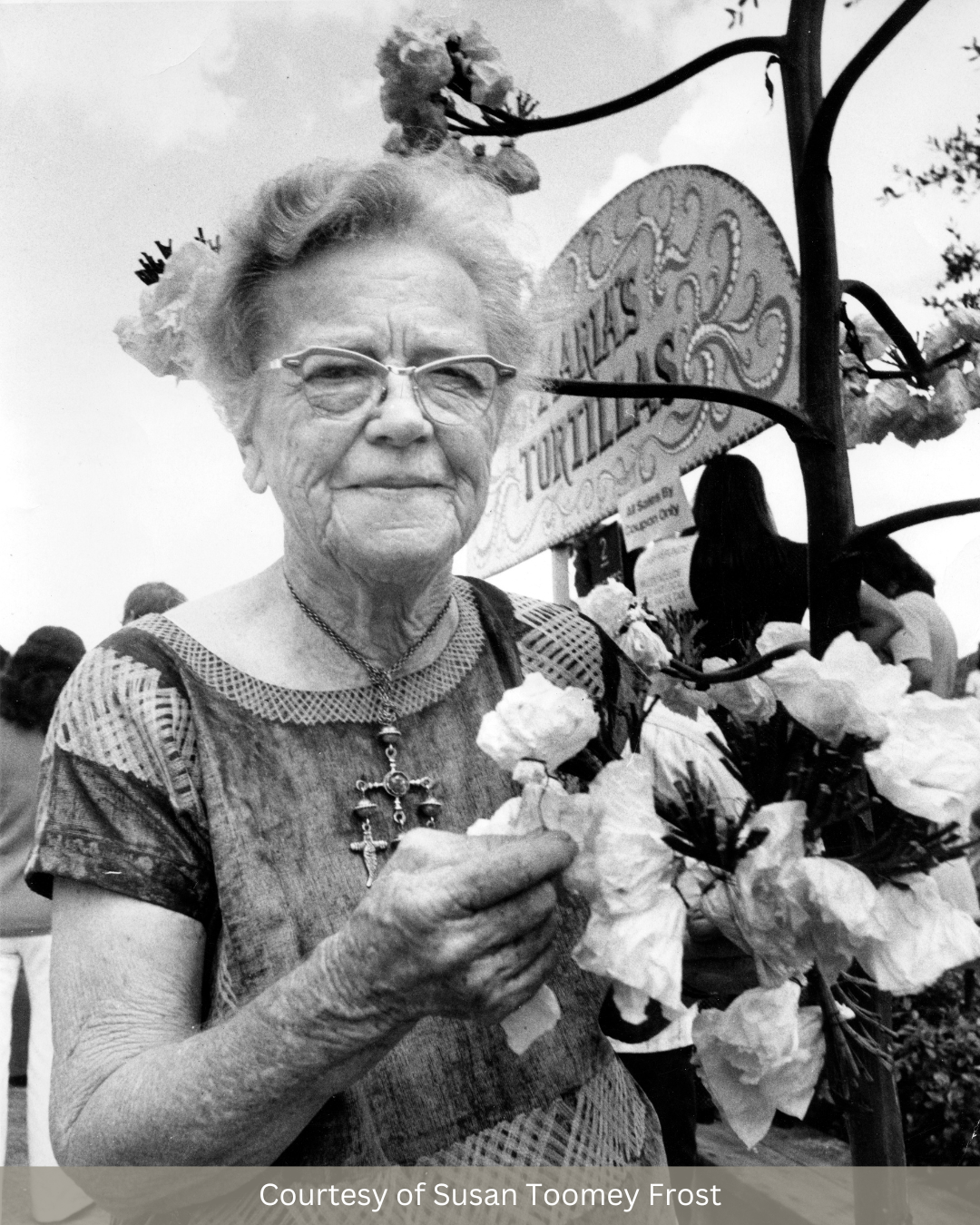
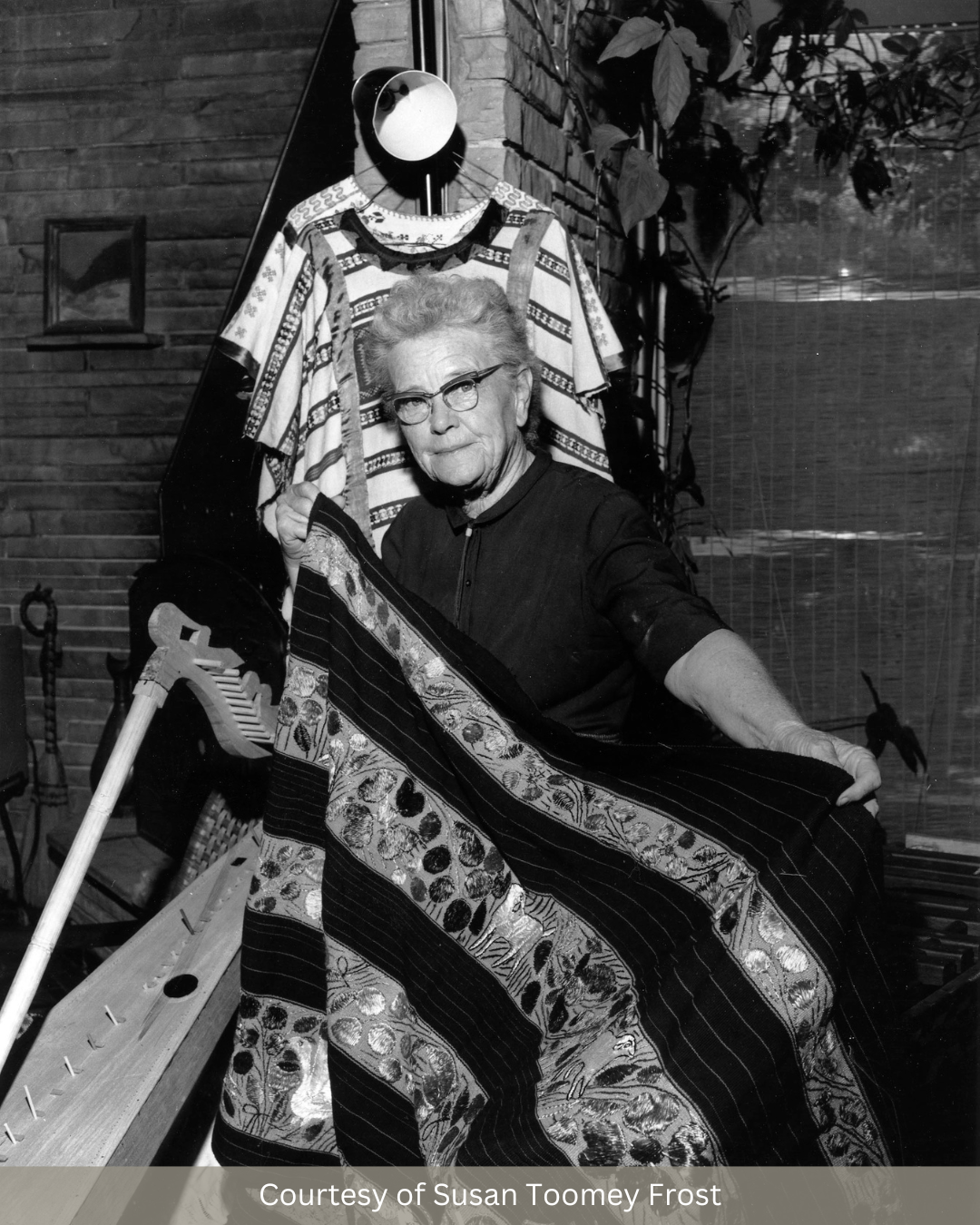
Yet Harris’s impact extends well beyond art and business. A founding member of the San Antonio Conservation Society (SACS), she was a driving force behind the community’s preservation efforts. Serving as the organization’s president from 1951 to 1953, she championed the conservation of historic structures and cultural traditions—long before such causes were widely recognized. During this time, she joined forces with fellow SACS leader Elizabeth Graham to co-found Night in Old San Antonio (NIOSA). Although NIOSA’s location has moved from Mission San José, “Mission Fest” remains as San Jose’s FIESTA celebration.
Harris’s devotion to the Missions helped set the stage for their eventual recognition as a UNESCO World Heritage Site. She combined a reverence for the past with a fervent belief in living, hands-on experiences, ensuring that these historic grounds would inspire and educate generations to come. Whether she was working with tile murals, organizing a cultural showcase, or scouring Mexican markets for new treasures, she remained devoted to the idea that art, history, and community belong together.
Today, as visitors step into the centuries old Mission San José—or celebrate FIESTA at Mission Fest—they are beneficiaries of Ethel Harris’s tenacity and vision. In celebrating Women’s History Month, we remember her as a force of nature who saw beyond the surface of historical sites, finding in them a shared heritage worth preserving and sharing with the world. While her name may not grace every textbook, her life’s work echoes through the arches of Mission San José, across the tiles of the River Walk, and in the lively celebrations that keep San Antonio’s story thriving.


